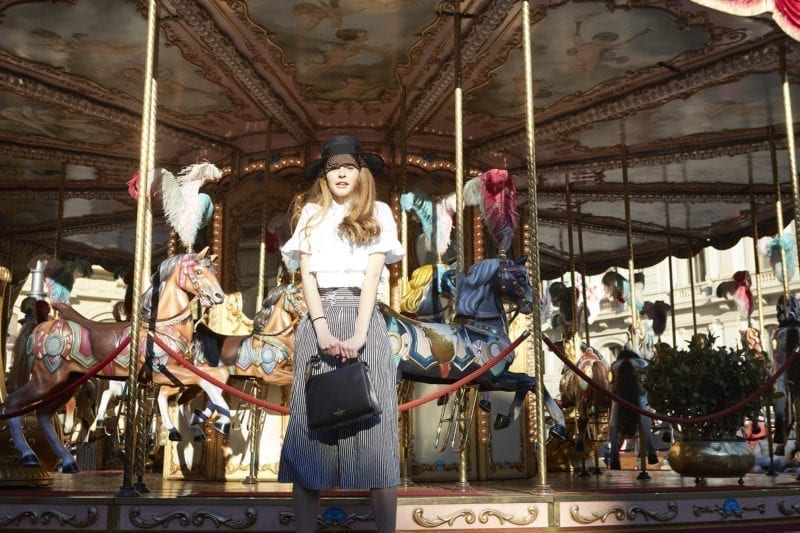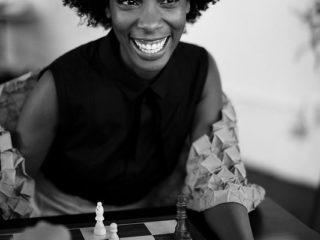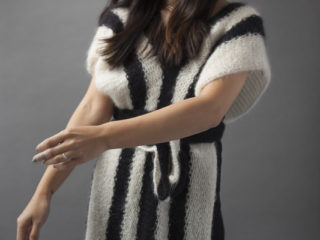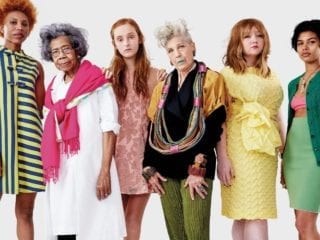The year is 2000. I am 5 years old, and my parents have already told me I’m not allowed to watch TV during the week. After a few whines back at my mother, I eventually got accustomed to my analog way of life. I’d make up games to keep my mind occupied every day by playing with my Barbies, building LEGO castles or carefully coloring in between the lines. Life was simple, and I was content.
I grew up in the digital age, which was both equally amazing and extremely frustrating at times. It was amazing because of the ease of constant communication with loved ones, the ability to create content wherever we were and the access to watch, read and consume the world instantly. Yet, while technology was designed to make people’s lives easier and bring us together, I found it was actually distracting us from what is most important in society: human connection.
As I got older, I struggled with tech addiction in my life, although I didn’t equate it to being an issue early on. Throughout time, I began to notice that friends would text other friends when I was with them, or we would opt to watch TV rather than play board games like we used to. I thought it was just a part of getting older. I thought playing was for kids, and teenagers were meant to consume media.
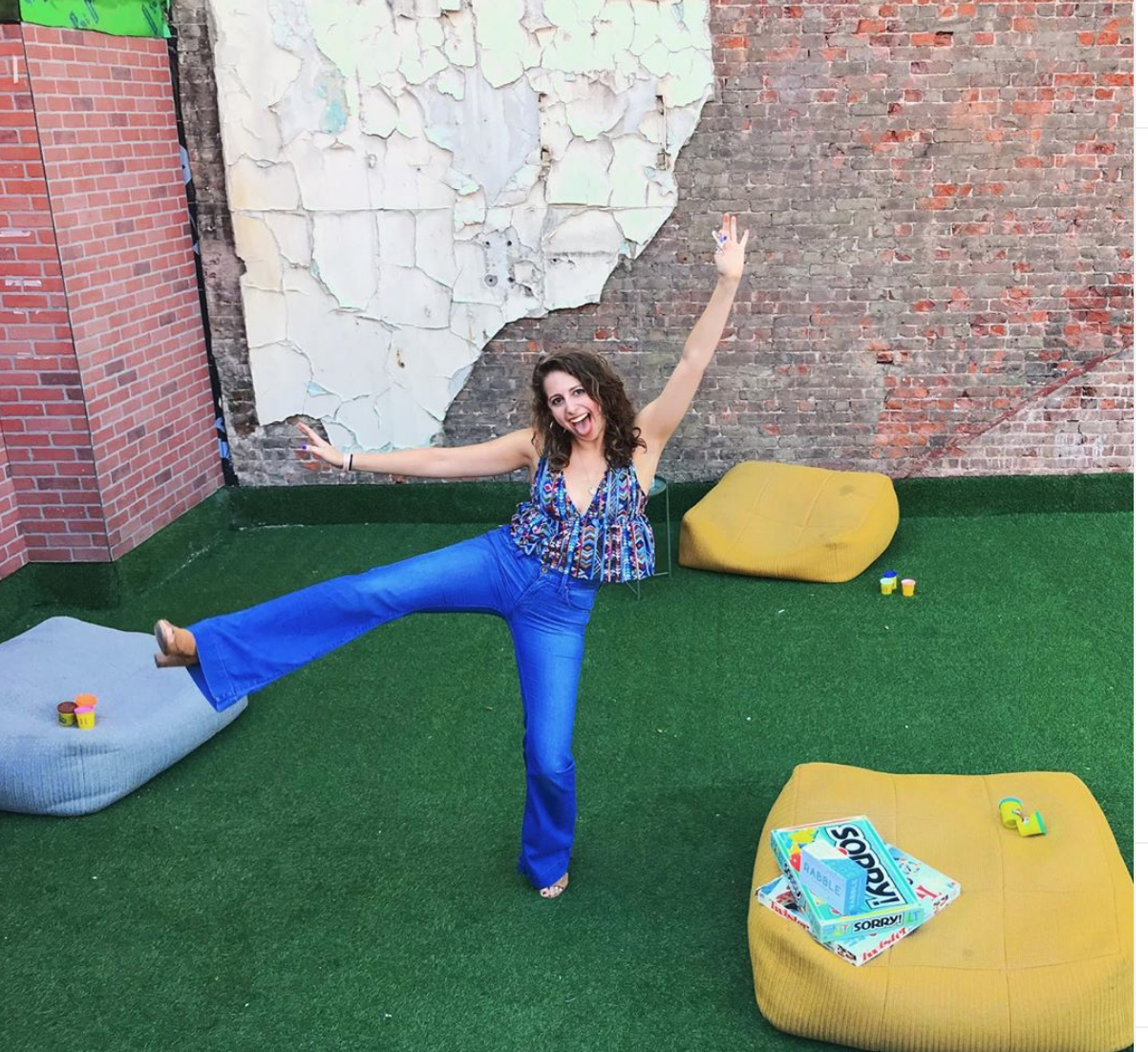
I thought playing was for kids, and teenagers were meant to consume media.
Then, in college, social media blew up to the point where no one had an uninterrupted conversation without checking their notifications every five seconds. I also don’t deny that I was one of those young adults. The craziest part was, it wasn’t that I was posting glossy photos in an attempt to become an influencer. It was that I wanted to see what everyone else was up to and often fantasized about the lives I saw on social media.
That’s not to say I didn’t have my fair share of meaningful conversations until 3 a.m., themed dance parties and home-cooked meals with my friends throughout college. Yet, the fact was, these memories were still interlaced with technology. We either posted about these experiences or our phones were always on the table. No one thought to say or do anything about it.
I came up with the idea of my company, TTYL, only a week after I graduated from college when I was on a beautiful vacation in Scandinavia with my family. On that vacation, I found myself stalking my friends’ Instagram stories because, yes, I had FOMO, even from Europe. At dinner one night with my family, I expressed how ridiculous I felt and how I wished there was a place to go without phones—perhaps a cafe where you’d be required to check your phone at the door. There would be board games, coloring and other nostalgic activities to fill your time. Naturally, my family thought I was crazy.
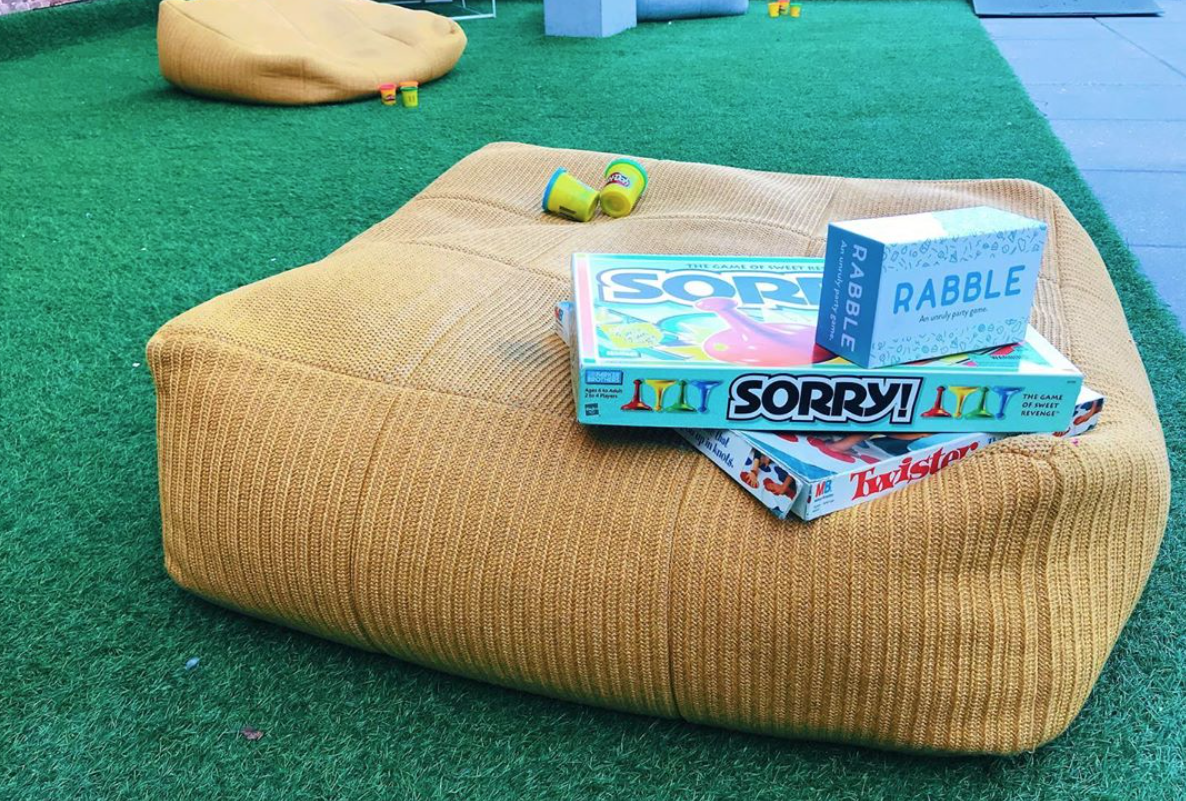
After that vacation, I couldn’t stop thinking about my idea and became hyper-aware of my phone habits. I also had my first real-world job in a theater company, and I felt so unprofessional taking out my phone to check notifications. So I began to limit my usage but instantly noticed how hard it was. I constantly felt the pull to use my phone but couldn’t quite understand why I felt that way.
I constantly felt the pull to use my phone but couldn’t quite understand why I felt that way.
A few months later, I went on a five-day social media detox, which I had (ironically) discovered online. The year is now 2017, and the concept of being off your phone seemed offensive to many, but I was determined to test myself and see if it would make any sort of difference.
Flash forward five days, I found my productivity and creativity had increased, as well as my boredom. That’s right. Perhaps the most significant “ah-ha moment” I had while disconnected from social media was that I actually enjoyed the feeling of being bored. Let’s face it—there’s nothing quite like having nothing to do, yet endless options at the same time.
After this mini-experiment, I knew my idea to provide individuals with the space to disconnect from their digitally-connected lives and replace it with nostalgic childhood activities was needed in today’s society. So I got to work. To turn my childhood hobbies into a business, I took four crucial steps.
- Research
I became fascinated with doing all the research I could. I learned about everything from the attention-economy and data privacy to digital wellness and digital minimalism. Anything that would educate my community or me, I dove into it. - Elevator Pitch
I began practicing and giving my pitch to everyone in my life to figure out what resonated the most and what I needed to refocus. I didn’t give myself grief on needing to rewrite and revise. Instead, I tried to stay present with the process. - Trial run
I jumped in immediately and just started hosting events because what did I have to lose? I learned something from each one and improved the next, one by one. This really helped me grow my confidence quickly and learn agility. - Networking
I went to tons of community-oriented events to speak about my idea and connect with like-minded individuals. I continue to do this to spread the word and learn from other people in similar fields.
I saw TTYL as not only a place for people to disconnect from tech, but also to educate individuals on their habits and help them create healthier lifestyles. I officially launched my pop-ups in 2019 (but not without many ups and downs, self-doubt and late nights).
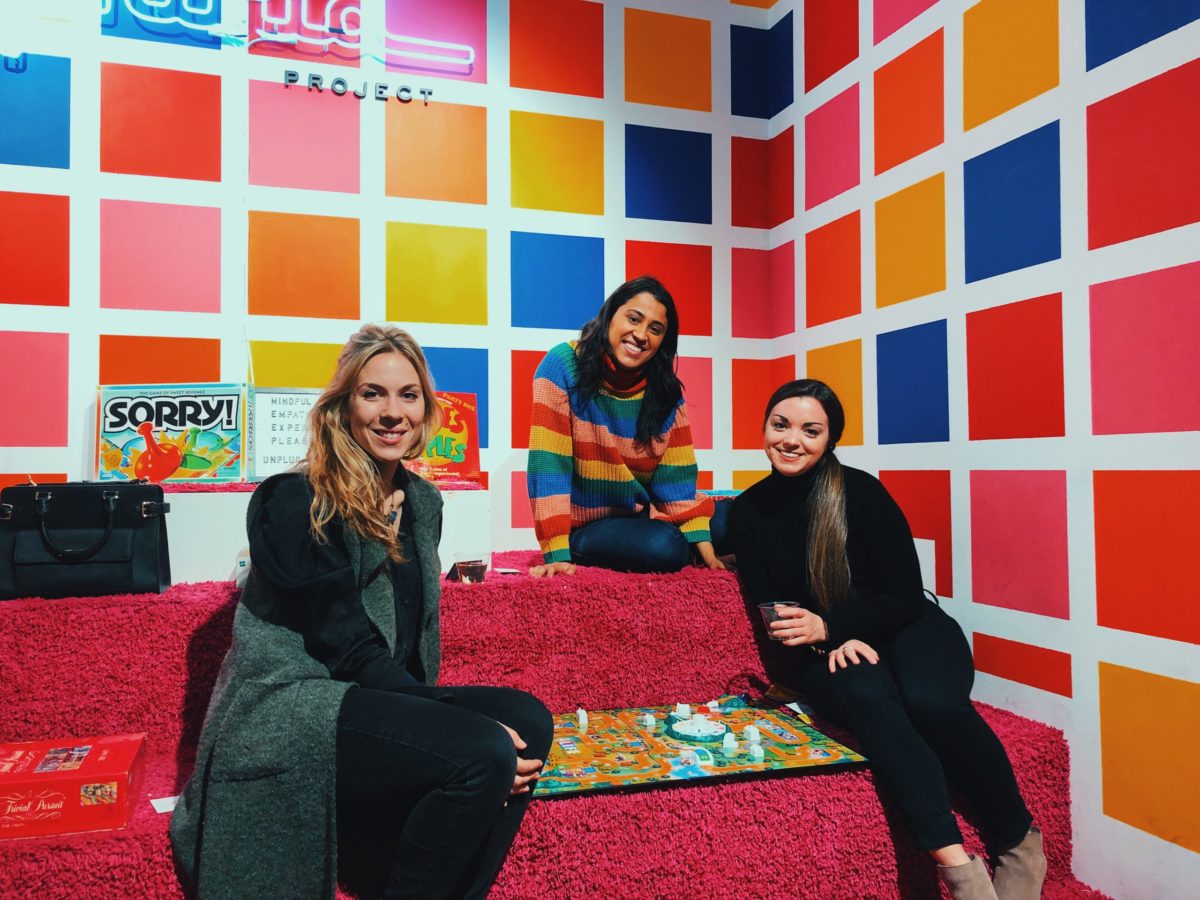
Since then, we’ve already hosted more than 30 events and connected more than 600 human beings, with more events and connections coming. Although TTYL is just beginning to gain traction, the hard work will never stop because, now, I am in the process of building a tech-free movement.
The naysayers will always be there, but each day, I’m motivated when I walk out the front door and see everyone’s eyes looking down into tiny black screens. In those moments, I am reminded of my 5-year-old self and think, “If only I could turn back time,” and then,I realize I can.
To learn more about the tech-free community, TTYL, and founder and digital wellness expert Liana Pavane, click here. Whether you are playing Twister, building a Play-Doh sculpture or laughing at Cards Against Humanity, TTYL will help you release your child at heart.
Have you ever turned a hobby into a source of revenue? What was the process to start your business?
Feature Image via Fabrizio Scarpa, Darling Issue No. 19

